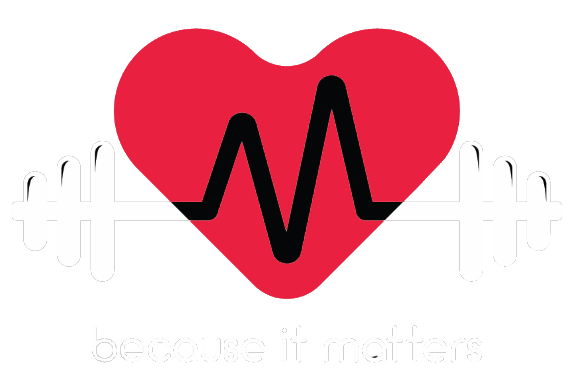SQUATS “The King of all exercises”
Squats are often hailed as the “king of all exercises” for a good reason. They are a compound movement that mimics one of the most fundamental human movement patterns – sitting down and standing up. This makes them incredibly functional while building strength, improving mobility, and burning calories, providing maximum benefit for your time investment.
the Benefits of squats
- Builds Strength and Muscle: Especially in the lower body (quads, hamstrings, glutes, calves), but also in the core and back.
- Increases Calorie Burn: Due to the large number of muscles engaged, squats are excellent for high-intensity workouts and promotes weight loss and fat loss.
- Enhances Athletic Performance: Improved power and strength in the legs directly translates to better performance in sports that involve jumping, running, or explosive movements.
- Improves Posture: Strengthening the core and back muscles helps you maintain a more upright and stable posture.
- Promotes Bone & Joint Health: Regular squatting, with proper form, can help you gain a greater range of motion in your hips and ankles and improves everyday activities like getting up from chairs, climbing stairs, and lifting objects.
- Boosts Hormone Release: The intensity of squats can trigger the release of anabolic hormones like testosterone and human growth hormone, which are crucial for muscle growth and repair.
- Versatile: Squats can be done anywhere with just your body weight, or you can add resistance with dumbbells, kettlebells, or a barbell to progressively challenge yourself.
- Time-efficient: Works multiple muscle groups in one exercise
halo squats
The halo squat is a fantastic exercise that combines the benefits of a squat with a weight plate halo. The genius of this exercise lies in the combination. The squat requires lower-body strength and stability, while the halo challenges your shoulder mobility, rotator cuff strength, and—most importantly—your core’s ability to remain stable while a weight is in motion around your head. It is particularly effective for improving shoulder mobility, core stability, and upper back strength, all while working the major muscles of the lower body.
Pro Tips for Halo Squats Execution
- Choose the right weight – this is not an excercise for ego lifting
- Move your arms not your head
- Maintain a controlled tempo
- Alternate directions
- Keep your core tight for stability
- Focus on breathing
swiss ball assisted squats
The Swiss ball assisted squat, also known as a stability ball wall squat, is a modified version of the traditional squat that uses a large inflatable ball for support. It’s an excellent exercise for a variety of individuals and offers unique benefits by providing a controlled and stable environment while allowing you to focus on the key components of the movement: hip and knee flexion.
Pro Tips for Swiss Ball Assisted Squats Execution
- Proper Ball Placement: Position the ball against the wall so that it rests in the curve of your lower back, or just above your tailbone.
- Feet Position: Step your feet out in front of you, a little wider than shoulder-width, with your toes pointed slightly outward.
- Maintain Core Engagement
- Focus on the Hips: The Swiss ball assisted squat is a great way to learn the hip hinge movement. Focus on pushing your hips back as if you’re sitting in a chair.
- Control the Movement: Perform the exercise slowly and with control, both on the way down and on the way up.
- Don’t Go Too Deep at First
- Add Resistance Gradually: Once you’ve mastered the bodyweight version, you can increase the challenge by holding a dumbbell or kettlebell in a goblet position at your chest.

